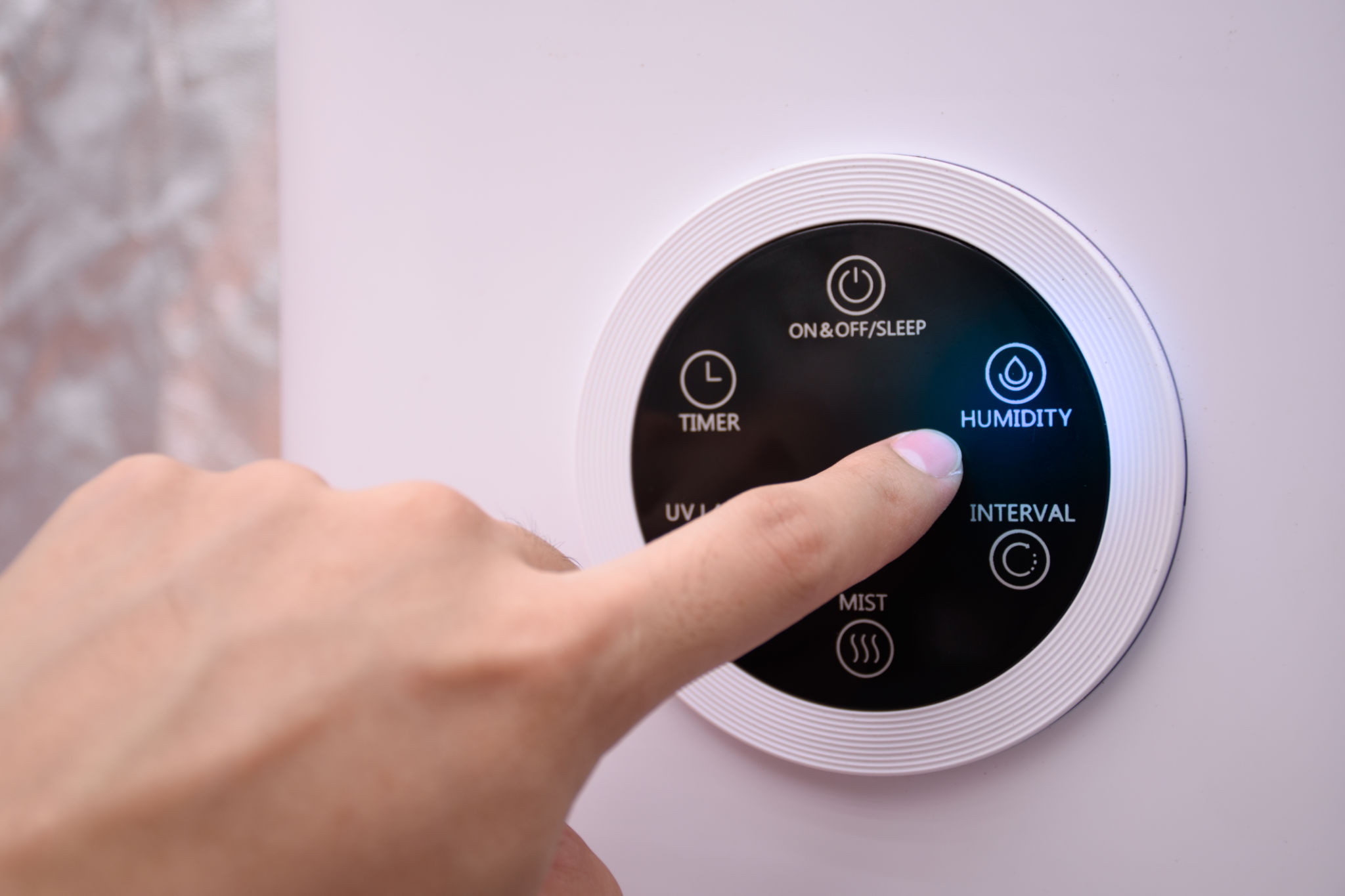Preventing Mould Growth: Expert Tips for a Healthier Home
Understanding Mould Growth
Mould is not only unsightly but can also pose significant health risks. It thrives in damp, humid environments and can spread quickly if not managed properly. Understanding how mould grows is the first step towards preventing it. Mould spores are everywhere, but they need moisture to grow. Once they find a damp spot, they can begin to colonize and spread.

High humidity levels, leaks, or poor ventilation are common factors that contribute to mould growth. To effectively prevent mould, it's crucial to address these underlying issues. By keeping your home dry and well-ventilated, you can significantly reduce the likelihood of mould developing.
Ensure Proper Ventilation
Proper ventilation is key to controlling moisture levels in your home. Areas like bathrooms and kitchens are particularly prone to high humidity due to showers and cooking activities. Ensure that these spaces are equipped with exhaust fans that vent outside the house, and use them regularly.
In addition to using exhaust fans, consider opening windows to allow fresh air to circulate. This not only reduces humidity but also helps in minimizing the concentration of indoor air pollutants that can exacerbate respiratory issues.

Fix Leaks Promptly
Leaks are a common cause of moisture buildup that leads to mould growth. Regularly inspect areas prone to leaks, such as roofs, windows, and plumbing fixtures. If you notice any signs of water damage or leaks, address them promptly to prevent the moisture from seeping into walls and floors.
For plumbing leaks, it's advisable to consult a professional plumber who can fix the issue efficiently. In the case of roof leaks, timely repairs can prevent water from penetrating further into your home's structure.
Control Humidity Levels
Maintaining optimal humidity levels is essential in preventing mould. Ideally, indoor humidity should be kept below 60%. You can monitor humidity levels using a hygrometer, a simple device that provides accurate readings.

During humid seasons, using a dehumidifier can help reduce excess moisture in the air. Additionally, air conditioning systems can also aid in maintaining lower humidity levels by cooling and drying the air simultaneously.
Regularly Clean and Inspect
Regular cleaning and inspection can help you spot potential mould problems before they escalate. Pay special attention to areas that are prone to moisture accumulation, such as basements and crawl spaces. Clean these areas with mould-killing products or natural solutions like vinegar or baking soda.
Inspect your home regularly for any signs of mould or water damage. Early detection is crucial in preventing a small problem from becoming a significant issue that requires extensive remediation efforts.

Use Mould-Resistant Products
When building or renovating your home, consider using mould-resistant products. These include mould-resistant drywall, paint with antimicrobial properties, and insulation designed to resist moisture absorption.
These materials can provide an additional layer of protection against mould growth, making them a worthwhile investment for long-term prevention. By incorporating these products into your home, you can create an environment that is less conducive to mould development.
Conclusion
Preventing mould growth requires a combination of proactive measures and regular maintenance. By ensuring proper ventilation, fixing leaks promptly, controlling humidity levels, and using mould-resistant products, you can create a healthier home environment.
Remember that consistent vigilance is key. Regularly inspect your home for signs of moisture and address issues immediately. With these expert tips, you can significantly reduce the risk of mould growth and enjoy a safer, healthier living space.
